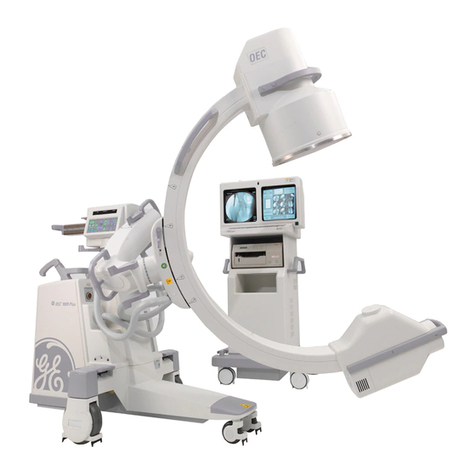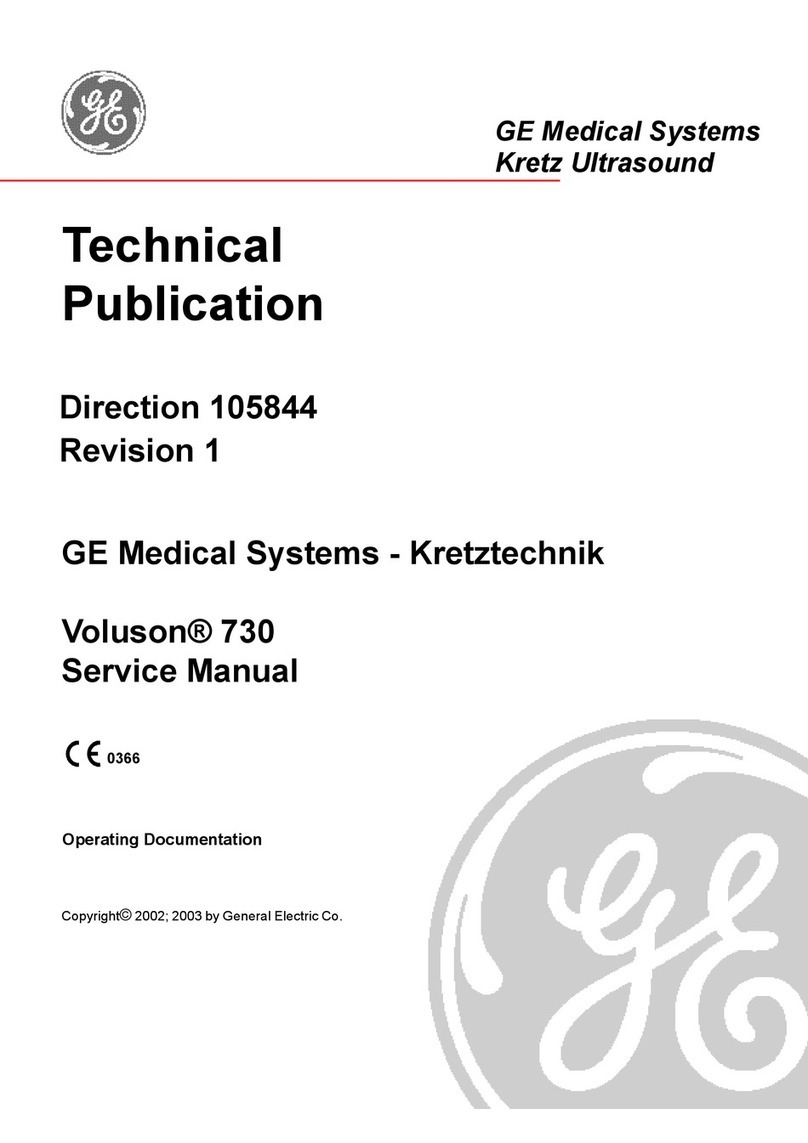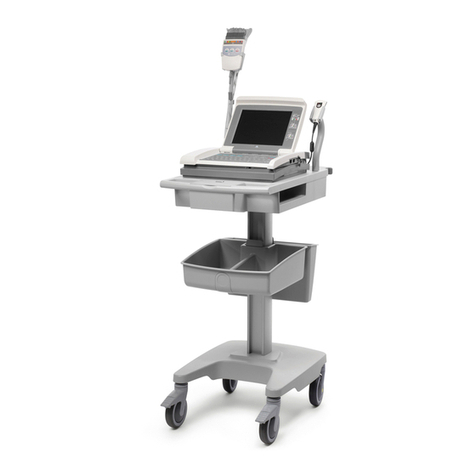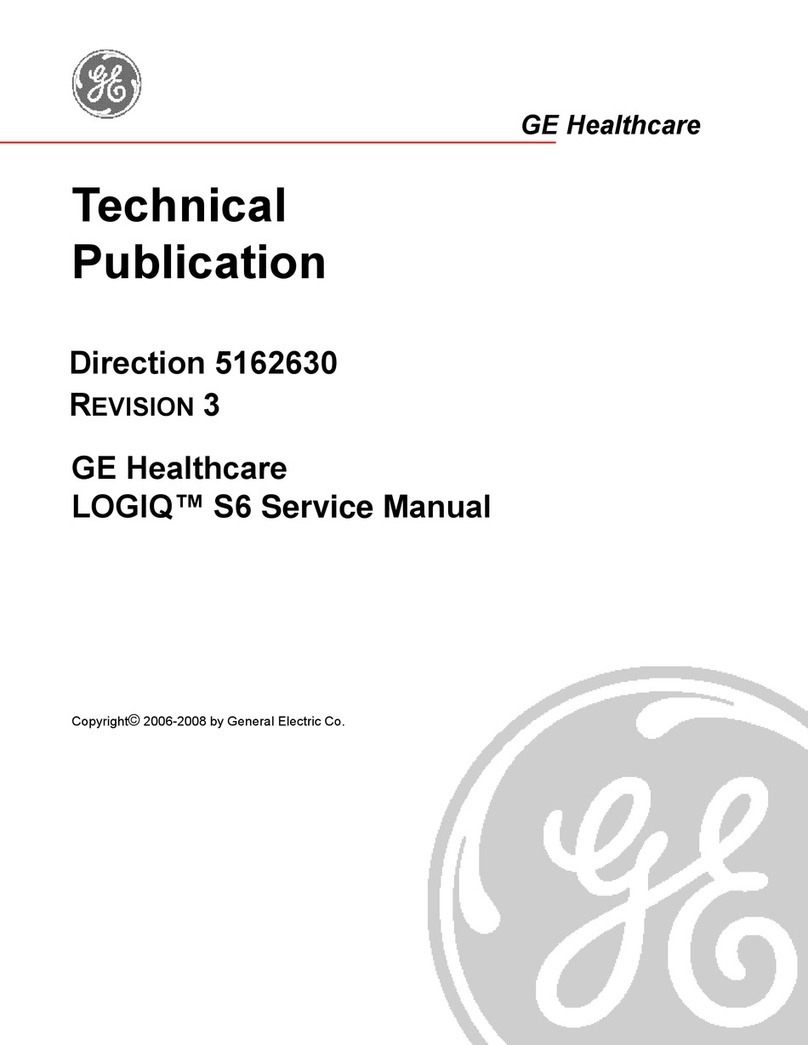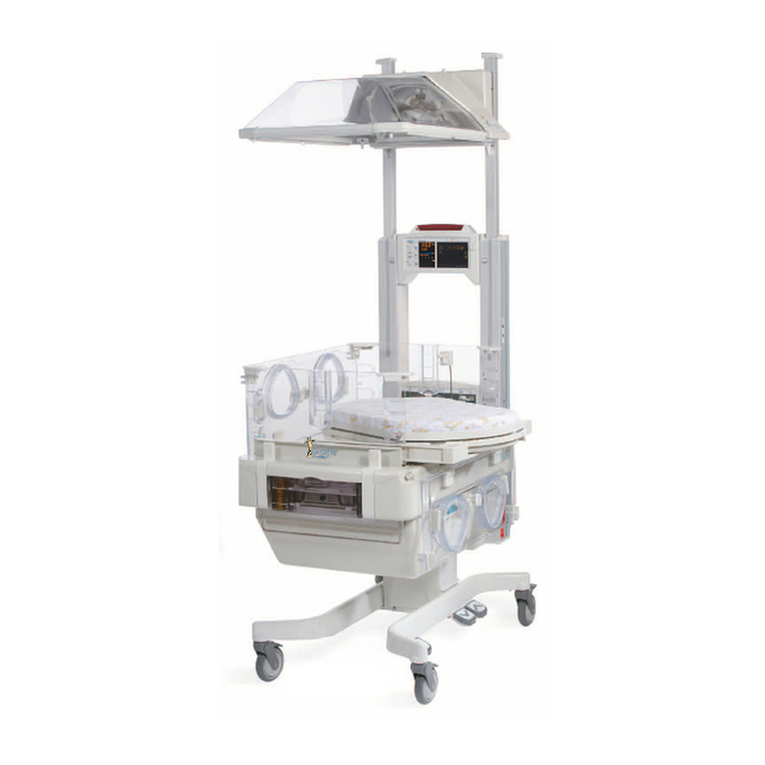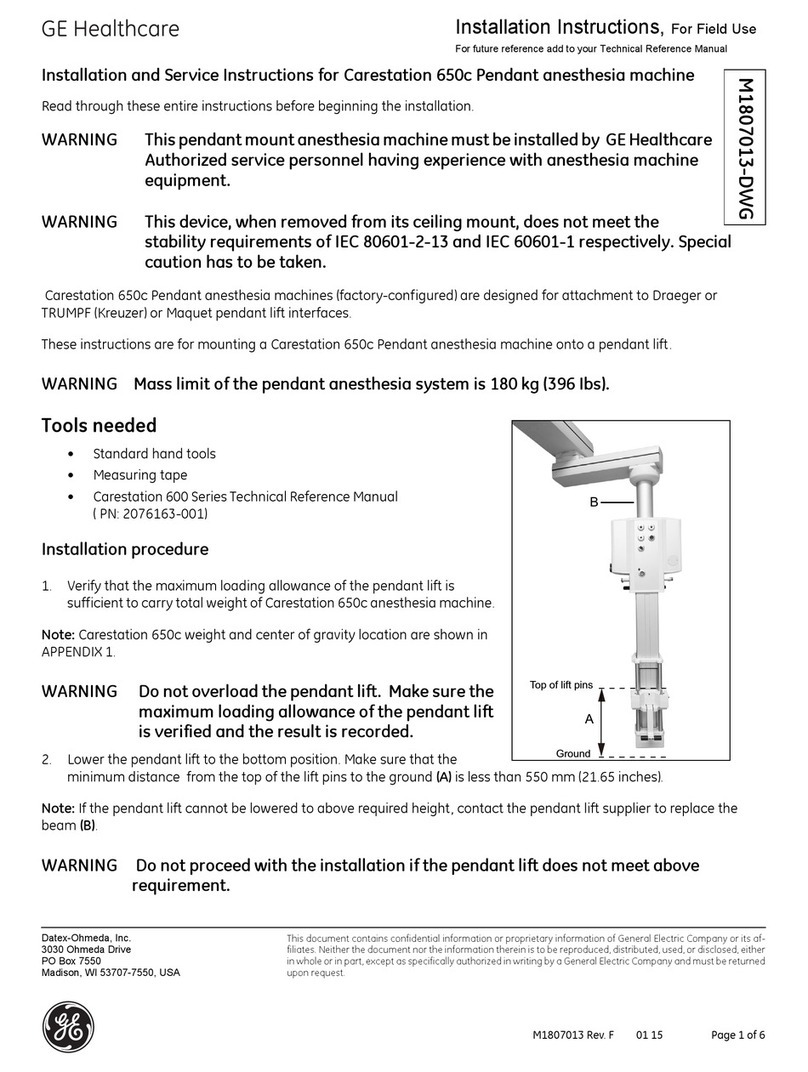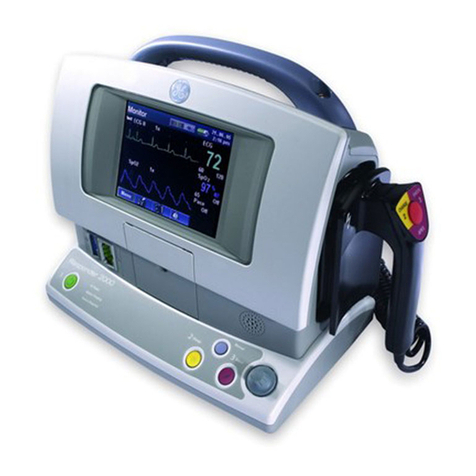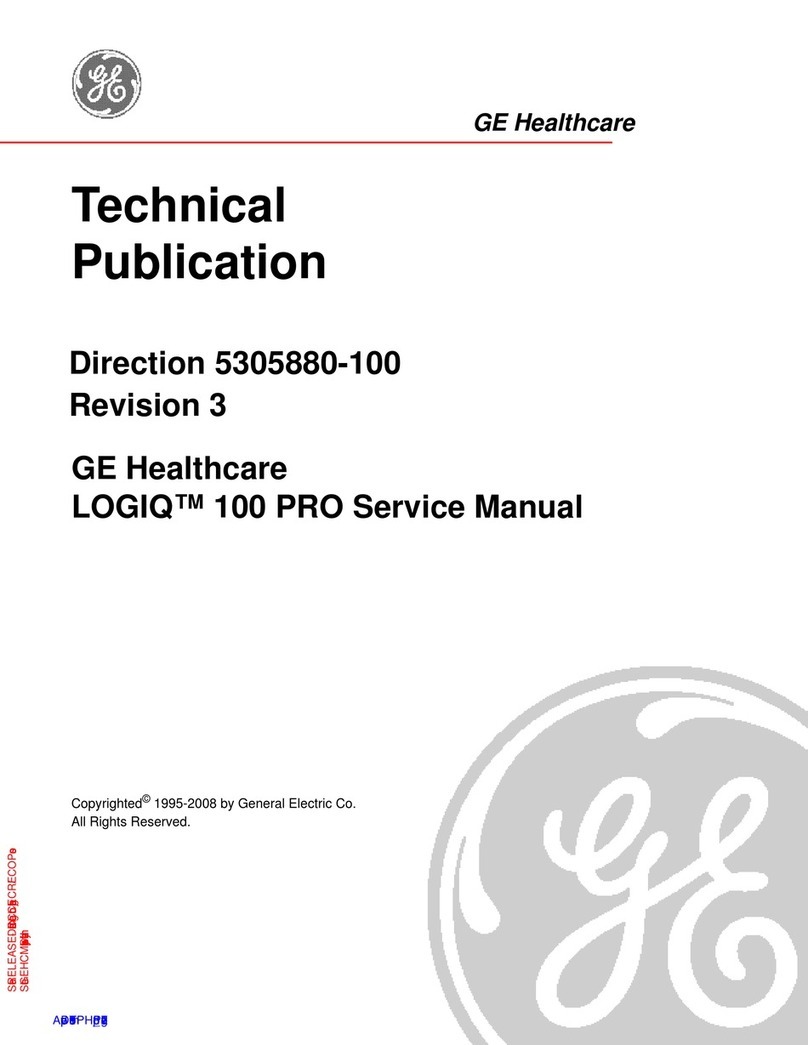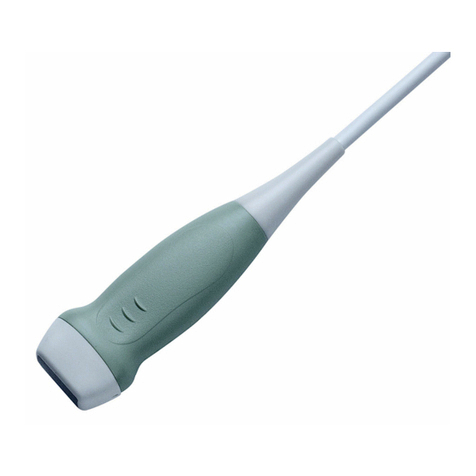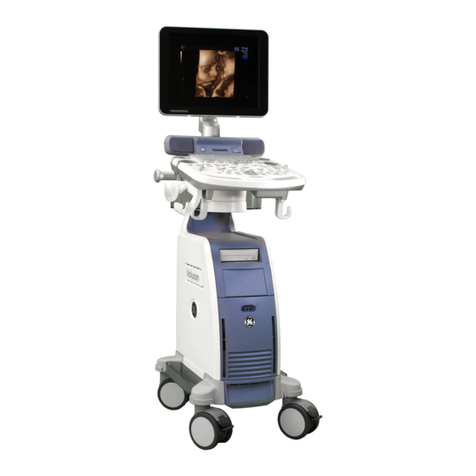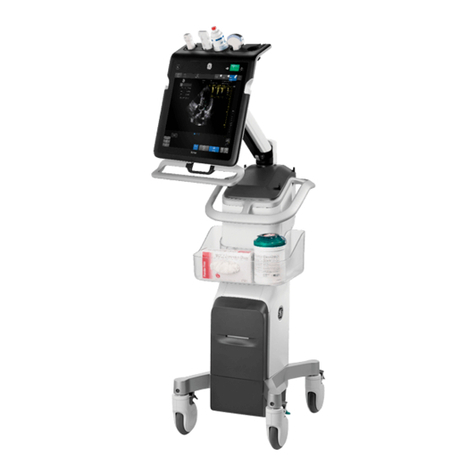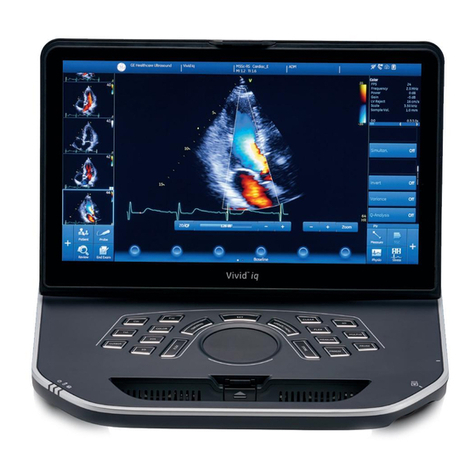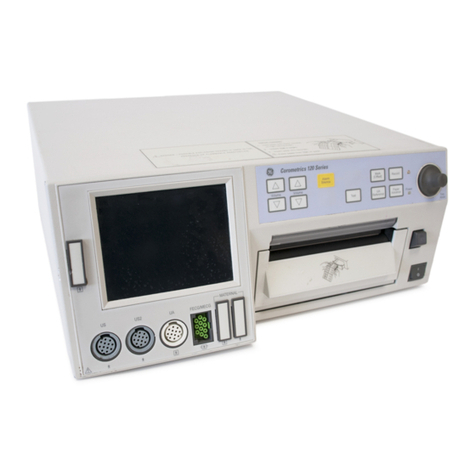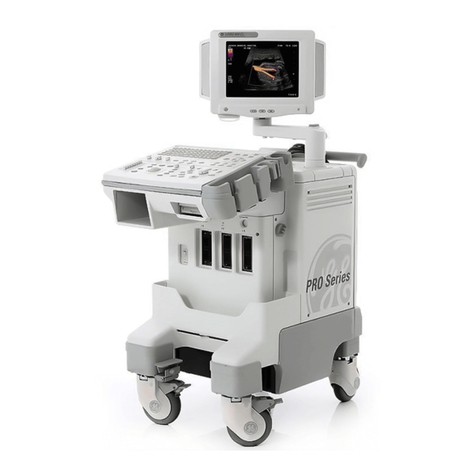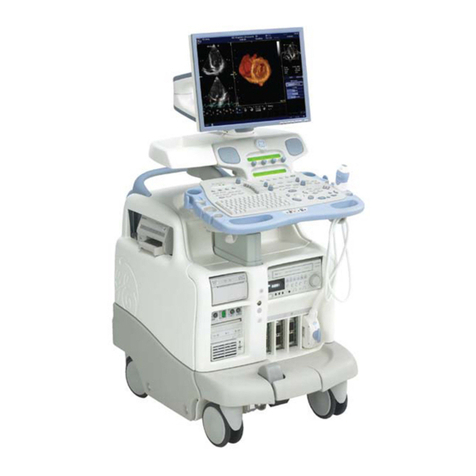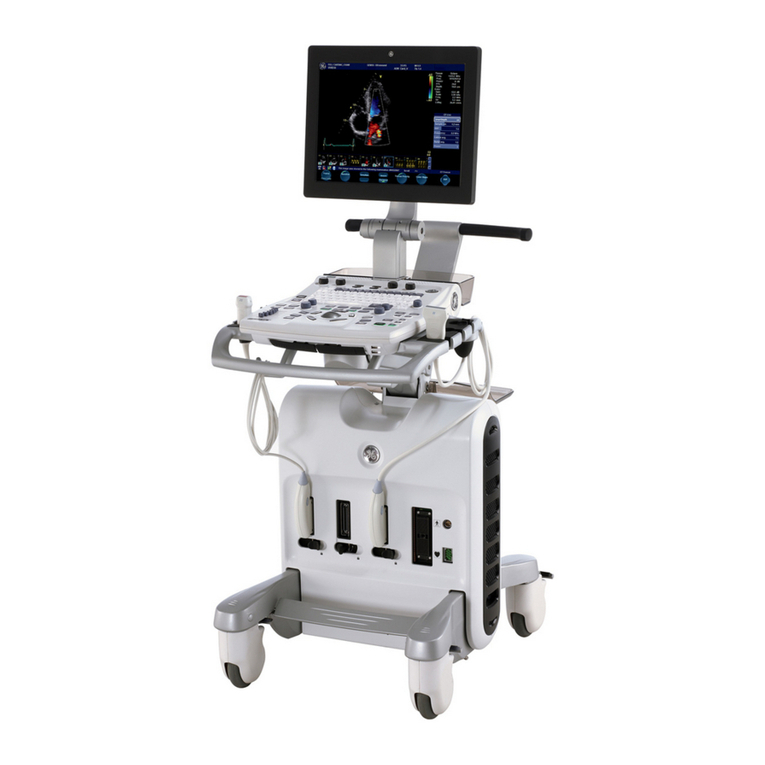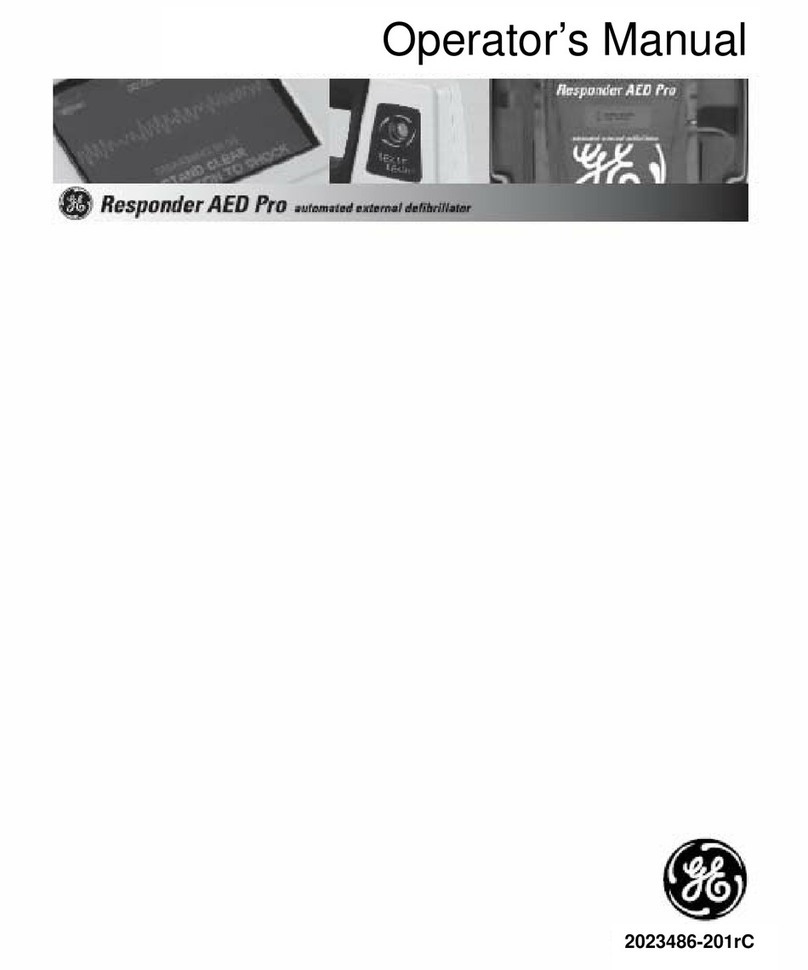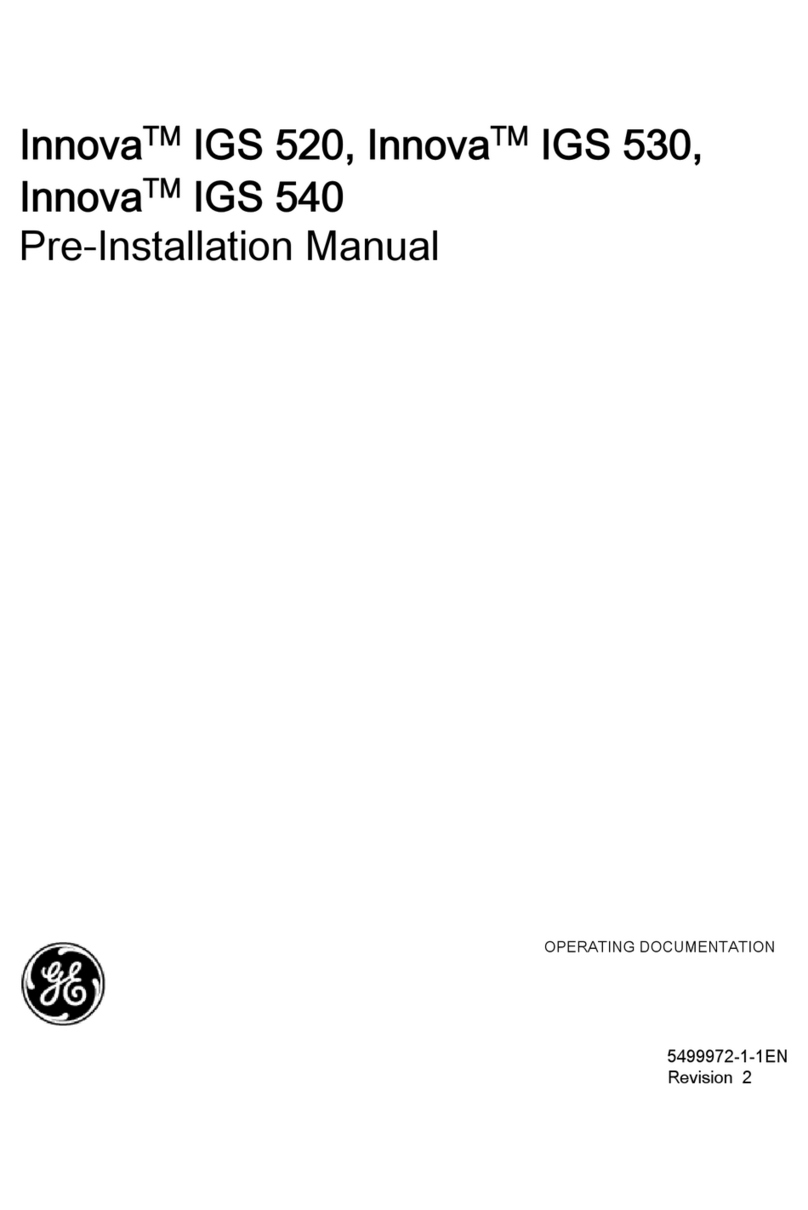
2001989-200E ApexPro™ iii
Alarm unit default settings . . . . . . . . . . . . . . . . . . . . . . . . . . . . . . . . . . . . . . 5-12
Telemetry alarm control defaults . . . . . . . . . . . . . . . . . . . . . . . . . . . . . . . 5-12
Parameter limits . . . . . . . . . . . . . . . . . . . . . . . . . . . . . . . . . . . . . . . . . . . . 5-13
Parameter alarm levels . . . . . . . . . . . . . . . . . . . . . . . . . . . . . . . . . . . . . . 5-14
Arrhythmia alarm levels . . . . . . . . . . . . . . . . . . . . . . . . . . . . . . . . . . . . . . 5-14
System alarm levels . . . . . . . . . . . . . . . . . . . . . . . . . . . . . . . . . . . . . . . . 5-15
Recalling unit defaults . . . . . . . . . . . . . . . . . . . . . . . . . . . . . . . . . . . . . . . . . 5-16
Alarm help . . . . . . . . . . . . . . . . . . . . . . . . . . . . . . . . . . . . . . . . . . . . . . . . . . . 5-16
Printing patient alarm graphs. . . . . . . . . . . . . . . . . . . . . . . . . . . . . . . . . . . . 5-16
Configure the automatic printing of alarm graphs . . . . . . . . . . . . . . . . . . 5-16
Printing alarm settings . . . . . . . . . . . . . . . . . . . . . . . . . . . . . . . . . . . . . . . 5-17
Stop printing an alarm graph . . . . . . . . . . . . . . . . . . . . . . . . . . . . . . . . . . 5-17
Stop printing to a laser printer. . . . . . . . . . . . . . . . . . . . . . . . . . . . . . 5-17
Stop printing to a local digital writer. . . . . . . . . . . . . . . . . . . . . . . . . . 5-17
6 Managing patients . . . . . . . . . . . . . . . . . . . . . . . . . . . 6-1
Introduction . . . . . . . . . . . . . . . . . . . . . . . . . . . . . . . . . . . . . . . . . . . . . . . . . . . 6-2
Skin preparation . . . . . . . . . . . . . . . . . . . . . . . . . . . . . . . . . . . . . . . . . . . . . . . 6-2
Electrode placement . . . . . . . . . . . . . . . . . . . . . . . . . . . . . . . . . . . . . . . . . . . . 6-2
6-leadwire electrode placement . . . . . . . . . . . . . . . . . . . . . . . . . . . . . . . . . 6-3
5-leadwire electrode placement . . . . . . . . . . . . . . . . . . . . . . . . . . . . . . . . . 6-4
3-leadwire electrode placement . . . . . . . . . . . . . . . . . . . . . . . . . . . . . . . . . 6-4
Electrode placement for pediatric patients . . . . . . . . . . . . . . . . . . . . . . . . 6-6
Verify status . . . . . . . . . . . . . . . . . . . . . . . . . . . . . . . . . . . . . . . . . . . . . . . . 6-6
Maintaining quality ECG signal . . . . . . . . . . . . . . . . . . . . . . . . . . . . . . . . . 6-6
Special considerations for 6-leadwire monitoring. . . . . . . . . . . . . . . . . . . . 6-7
V FAIL message . . . . . . . . . . . . . . . . . . . . . . . . . . . . . . . . . . . . . . . . . 6-7
Relearn . . . . . . . . . . . . . . . . . . . . . . . . . . . . . . . . . . . . . . . . . . . . . . . . 6-7
Admitting . . . . . . . . . . . . . . . . . . . . . . . . . . . . . . . . . . . . . . . . . . . . . . . . . . . . . 6-7
Terminology . . . . . . . . . . . . . . . . . . . . . . . . . . . . . . . . . . . . . . . . . . . . . . . . 6-8
Factors guiding the admit process . . . . . . . . . . . . . . . . . . . . . . . . . . . . . . . 6-9
The source of the ECG data . . . . . . . . . . . . . . . . . . . . . . . . . . . . . . . 6-10
The source of the patient demographic information . . . . . . . . . . . . . 6-10
The monitor moves (roves) from room to room. . . . . . . . . . . . . . . . . 6-10
The permanent (locked) beds in the multi-patient viewer . . . . . . . . . 6-11
Admitting a patient . . . . . . . . . . . . . . . . . . . . . . . . . . . . . . . . . . . . . . . . . . 6-11
Changing patient demographic information . . . . . . . . . . . . . . . . . . . . . . . 6-16
Moving a patient to a different bed. . . . . . . . . . . . . . . . . . . . . . . . . . . . . . 6-17
Move a patient to a different bed. . . . . . . . . . . . . . . . . . . . . . . . . . . . 6-17
Move a patient to telemetry monitoring. . . . . . . . . . . . . . . . . . . . . . . 6-18
Move a telemetry patient to a different transmitter . . . . . . . . . . . . . . 6-18
Switching transmitters . . . . . . . . . . . . . . . . . . . . . . . . . . . . . . . . . . . . . . . 6-18
Discharging an admitted patient . . . . . . . . . . . . . . . . . . . . . . . . . . . . . . . 6-19
Combo and Rover Combo monitoring . . . . . . . . . . . . . . . . . . . . . . . . . . . 6-19
Guidelines . . . . . . . . . . . . . . . . . . . . . . . . . . . . . . . . . . . . . . . . . . . . . 6-19
Constraints . . . . . . . . . . . . . . . . . . . . . . . . . . . . . . . . . . . . . . . . . . . . 6-20

